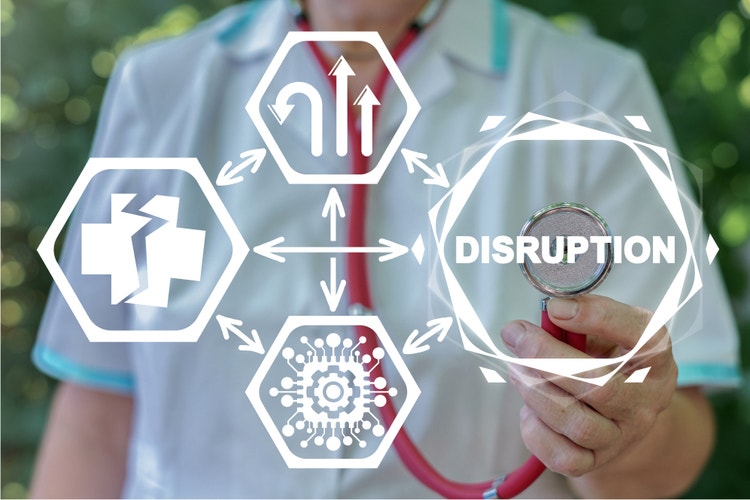
The Effect of the Pandemic on Childhood Pneumonia: Uncovering the Hidden Impact
The COVID-19 pandemic has dominated global health discussions since its emergence in late 2019. While the primary focus has been on the novel coronavirus and its effects on adults, the pandemic has also had significant consequences for other aspects of public health. Among these is its indirect impact on childhood pneumonia, a long-standing and serious health concern for children worldwide. This article delves into the effects of the pandemic on childhood pneumonia, highlighting some of the challenges that have emerged.
The Hidden Toll on Childhood Pneumonia
The medical costs associated with hospitalizations, doctor visits, and medications can be a huge burden for both individuals and the healthcare system. Additionally, the indirect costs, such as productivity loss due to illness or premature death, further contribute to the economic burden.
1. Disrupted Healthcare Services:1 The pandemic disrupted routine healthcare services, with a particular impact on childhood immunization and access to pneumonia treatment. Lockdowns, overwhelmed healthcare systems, and hesitancy to visit healthcare facilities led to missed vaccinations and delayed diagnosis and treatment.

2. Reduced Immunization Rates:1-4 The interruption in routine immunization services had a detrimental effect on vaccination coverage rates. Worldwide vaccine coverage decreased from 86% in 2019 to 81% in 2021. There were also around 18 million children who were not able to receive any vaccine during 2021. In the same year, the Philippines is 5th among countries worldwide which has a high percentage of zero-dose children, which means they have not received any of the routine vaccinations. That is equivalent to an estimated 1.5 million Filipino children without any vaccines.
The pandemic has resulted in closure of some health facilities delivering child vaccines and decreases in vaccines administered to children. Pneumococcal vaccines and other vaccines targeting pneumonia-causing pathogens faced delays in administration, leaving children vulnerable to preventable infections.
3. Delayed Diagnosis:1 Fear of contracting COVID-19 led many parents to avoid seeking medical care for their children's respiratory symptoms, even when indicative of pneumonia. Delayed diagnosis can result in more severe illness and complications.
4. Economic Impact:1 Economic hardships caused by the pandemic affected household income and nutrition, which are crucial factors in a child's susceptibility to pneumonia. Food insecurity and malnutrition can weaken a child's immune system, making them more susceptible to infections.
5. Suspending skin to skin contact:1 Early pandemic protocols have implemented separation of the newborn child and mother along with limited breastfeeding. This could result in early breastfeeding cessation, in turn reducing the protection that it can provide for a newborn child.
Vaccine Hesitancy4
Vaccine hesitancy is another concern even before the pandemic. Data from the Vaccine Confidence Project shows that confidence in child vaccinations declined during the pandemic, particularly among younger individuals. Vaccine confidence in the Philippines has continued to decrease, possibly leading to fewer parents vaccinating their children. Notably, the 2015 dengue vaccine controversy in the Philippines had a severe impact on vaccine confidence, causing a significant 61% drop. This controversy and the subsequent decline in vaccine confidence likely played a role in the 2019 measles outbreak, highlighting the far-reaching consequences of vaccine hesitancy. Most recent data showed that vaccine confidence dropped by 20% in the Philippines.
Multiple factors such as increasing access to misleading information in various online platforms, lack of trust to authorities and political division contributed to this rising threat.
Conclusion
The COVID-19 pandemic had a great impact on childhood pneumonia, both directly and indirectly. Disrupted healthcare services, reduced vaccination rates, and delayed diagnoses have all contributed to this.
REFERENCES:
- Saunders, M., & Nellums, L. 2022. The indirect effects of COVID-19 upon global childhood pneumonia. Public health in practice (Oxford, England), 3, 100228. https://doi.org/10.1016/j.puhip.2022.100228.
- World Health Organization, United Nations Children’s Fund (UNICEF) and Gavi, the Vaccine Alliance. 2023. The Big Catch-Up: An Essential Immunization Recovery Plan for 2023 and Beyond. New York: WHO, UNICEF and Gavi, The Vaccine Alliance. Accessed September 2023 from https://www.who.int/publications/i/item/9789240075511
- Abiétar, D. 2022. Childhood pneumonia: The impact of the pandemic and what needs to be done now. Barcelona Institute for Global Health (ISGlobal). Series: COVID-19 and other pandemics. 49. Accessed September 2023 from https://www.isglobal.org/.
- UNICEF Innocenti – Global Office of Research and Foresight. 2023. United Nations Children’s Fund, The State of the World’s Children 2023: For every child, vaccination. Accessed October 2023 from https://www.unicef.org/reports/state-worlds-children-2023